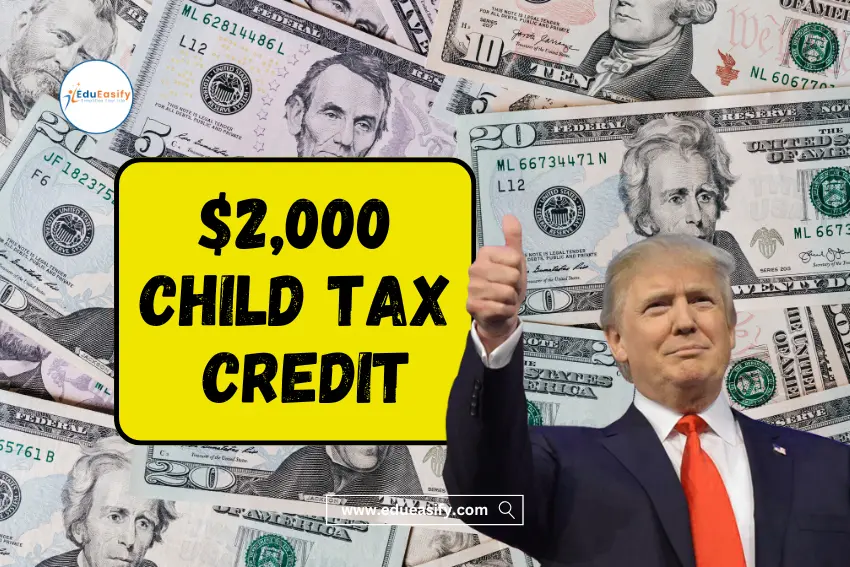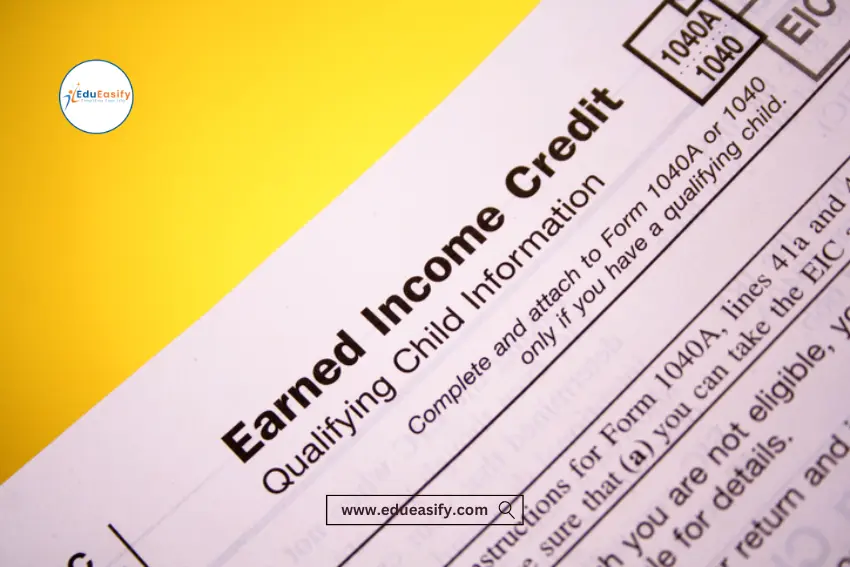In an unprecedented move to protect children’s mental and physical well-being, Australia’s government, under Prime Minister Anthony Albanese, announced plans to ban social media access for children under the age of 16. The legislation, set to be one of the strictest social media regulations globally, aims to curb the negative effects of social media on young people. With this landmark policy, Australia is leading a global push toward safer online spaces, raising questions about social media’s impact on minors worldwide.
Why Australia is Banning Social Media for Kids Under 16
Australia’s bold stance on social media safety is driven by mounting evidence linking online platforms to a range of mental health and privacy issues among children.
Here’s what led to the policy:
- Mental and Physical Health Concerns: Studies have shown that excessive social media usage among youth correlates with anxiety, depression, and lower self-esteem.
- Protection from Online Exploitation: Children are vulnerable to privacy violations, data misuse, and exploitation online.
- Growing Demand for Digital Well-being: Aimed at shielding minors from harmful online influences, this legislation addresses both the content children encounter and the potential long-term impact on their well-being.
Prime Minister Albanese emphasized these concerns during a press conference, saying,
“Social media is doing harm to our kids, and I’m calling time on it.”
How the Social Media Ban for Kids Will Work: Age Verification and Parental Involvement
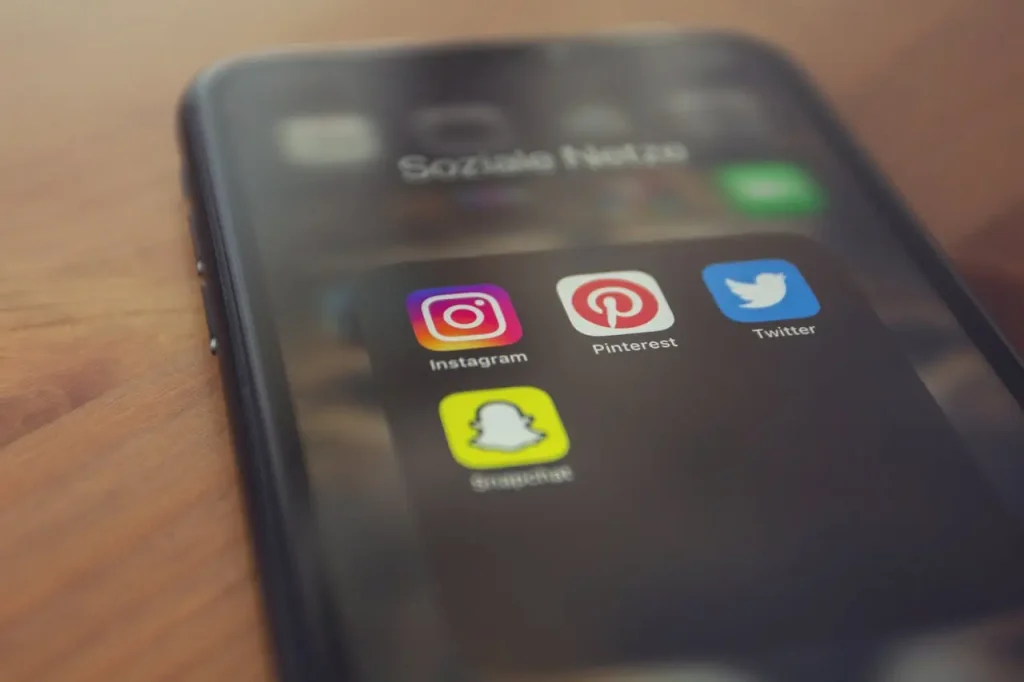
To enforce this policy, Australia is developing an age-verification system to prevent underage access to social media platforms. This system will require platforms to verify the age of users, with parents or guardians needing to provide explicit permission for users under 16.
According to Communications Minister Michelle Rowland, platforms that fail to comply with the new regulations will face penalties, ensuring strict enforcement of the policy.
Key elements of the age-verification process:
- Identification Methods: Social media platforms will need to implement technology to confirm a user’s age.
- Parental Consent: Parents or guardians must verify their child’s age and grant permission for access.
- Enforcement: Non-compliant companies may face fines or even restrictions in Australia.
Which Social Media Platforms Are Affected?
Australia’s regulations- “Social Media Ban for Kids” will apply to major social media platforms, including:
- Meta’s Instagram and Facebook
- ByteDance’s TikTok
- Elon Musk’s X (formerly Twitter)
- Alphabet’s YouTube
This extensive coverage aims to create a comprehensive safety net across the most popular platforms, which are frequented by young users.
Industry Response and Global Implications
This bold legislation has sparked a range of reactions from industry stakeholders:
- Social Media Companies: While TikTok declined to comment, Meta, Alphabet, and X did not respond to inquiries. Companies face significant operational adjustments to meet the law’s requirements, potentially influencing their approach to child safety on a global scale.
- Parents and Educators: Many parents and educators support the legislation, seeing it as an essential step to safeguard children from the potentially harmful effects of online interactions.
- Mental Health Advocates: Experts in mental health and digital wellness have applauded the move, recognizing its potential to reduce stress and promote healthier lifestyles for young people.
How Does Australia’s Social Media Ban for Kids Legislation Compare Globally?
Australia’s approach to regulating youth access to social media is among the strictest in the world. The European Union and some U.S.
lawmakers are considering similar measures, with rising concern over digital well-being and online exploitation. Australia’s example may prompt other nations to consider more rigorous social media restrictions for children.
What Australia’s Social Media Ban for Kids Means for Families
This social media ban places increased responsibility on parents to manage their children’s digital engagement. Here are ways families can navigate this new policy:
- Promote Open Communication: Talk to your child about why this policy exists and the importance of online safety.
- Encourage Offline Activities: Introduce alternative activities like sports, reading, and creative hobbies to balance screen time.
- Consider Co-Viewing: If your child has access with parental permission, consider co-viewing to better understand and discuss the content they consume.
Conclusion: A Bold Step Towards Safer Digital Spaces
Australia’s ban on social media for children under 16 is a landmark decision in the fight for online safety. This proactive approach not only addresses concerns about children’s mental health and digital privacy but also sets a powerful example for other nations to follow. By involving parents, enforcing age-verification, and holding platforms accountable, Australia is laying the groundwork for a safer digital future.
As digital environments continue to evolve, this policy marks a significant step forward in protecting young people and creating a healthier, safer space for all users.
Check Trending Post of Top Stories
-
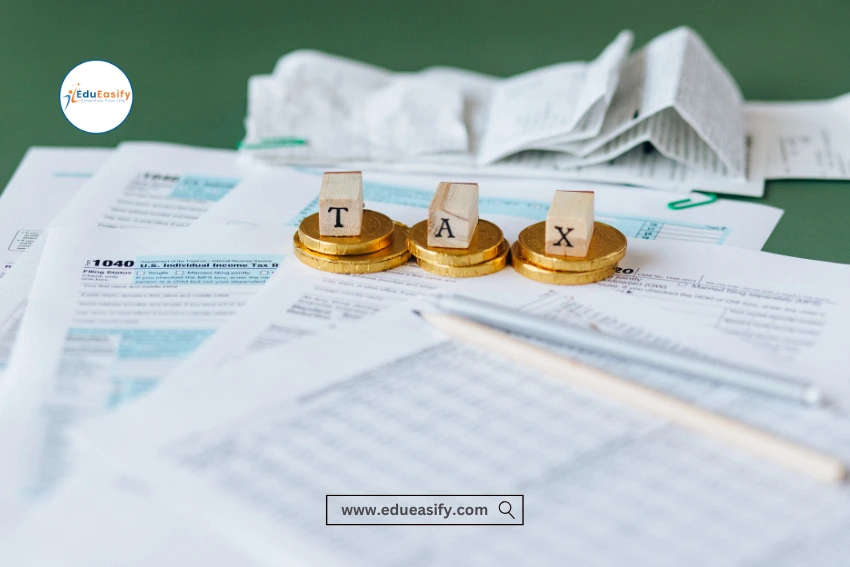
IRS Announces Over 30% Increase in Average Tax Refunds for 2025 Tax Season
-
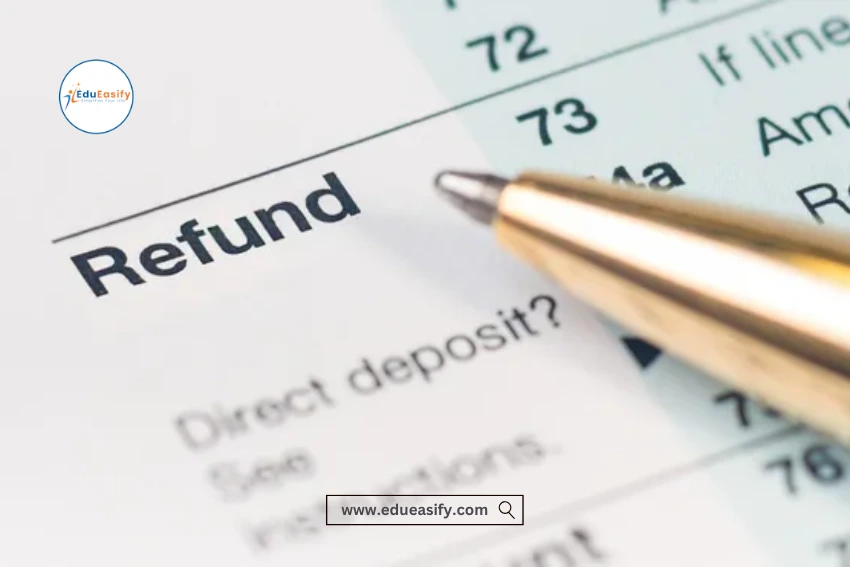
IRS 2025: Common Reasons for Delayed Tax Refunds & How to Avoid Them
FAQs on Australia’s Social Media Ban for Children Under 16
A: Platforms such as Facebook, Instagram, TikTok, YouTube, and X are required to comply with the age-verification system.
A: Non-compliance may result in significant fines and restrictions, making it essential for platforms to adapt quickly.
A: No, children can still access educational content from approved sources. The ban focuses on platforms with significant social and communication functions.
Get the Latest Financial News, Expert Insights, Trends, and Tips you need to make Informed Decisions about your Business, Taxes, and Investments at edueasify.

